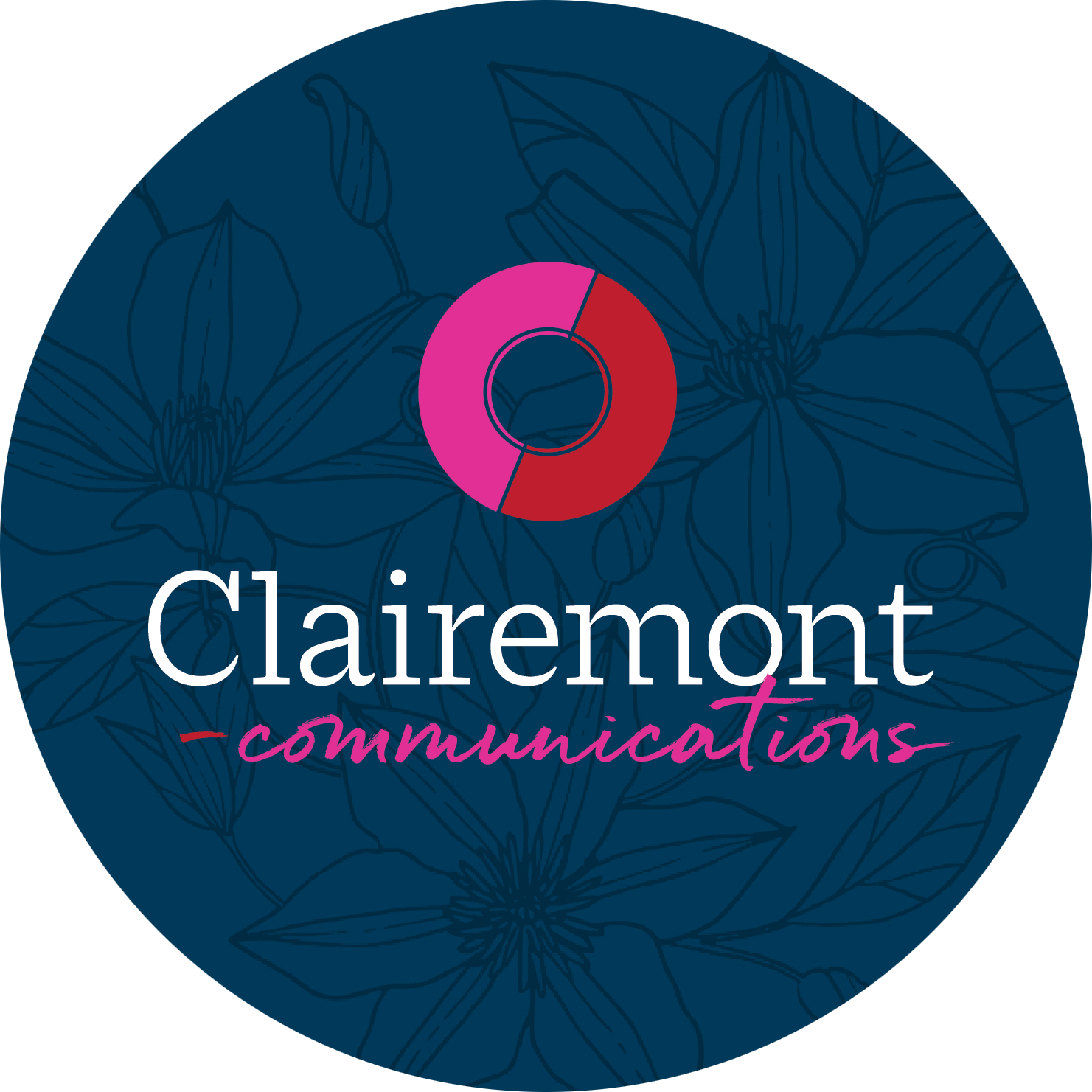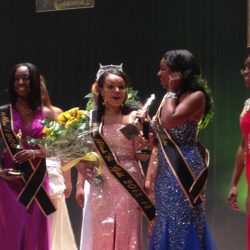Anyone who knows me knows that I love pageantry. In college, I was privileged to take top honors in five pageants, but I walked away with a lot more than a crown and a title. The wins also meant a substantial amount of money for scholarships and trips around the world. Pageantry has helped cultivate and culminate my skills and talents. I believe that pageants are more than just the tiara – they teach young women about volunteerism, kind deeds and love for all mankind.
So how does pageantry relate to PR?
In recent news, The Miss USA system has been under copious amounts of scrutiny in relation to the presidential election. There have been fresh changes in the ownership of the organization and a lot of confusion over the brand’s identity. Last year the pageant was dropped from NBC and Univision and it aired on the independent channel REELZ instead. Sponsorships from Macy’s were also pulled from the pageant along with a lot of commercials that would have aired on NBC. Put it all together and you get a PR crisis, but it doesn’t stop there.
The big fail: Q&A
Normally, most of the criticism spinning around the Miss USA system takes place during the swimsuit round. Viewers often find it demeaning – claiming that it shows too much skin and promotes “perfect” bodies to viewers of all shapes and sizes in the United States.
If you watched the pageant this week, you learned that the Q&A round may be even worse. It’s meant to be a chance for the contestants to showcase their intelligence and public speaking skills. In most instances this is the only time we get a chance to hear their perspective on issues that should prove they are the pristine candidate. As a previous contender, I know that this is the opportunity to either shine or shatter and lose the crown.
Questions are selected at random so the contestants have no idea what they will be asked. The tricky questions in the mix seem increasingly concocted to trip contestants up (from a production standpoint). Viewers can expect 30 seconds of utter terror assessing questions surrounding issues like the bathroom bill and the migrant crisis, as well as other social and political issues.
Although all five questions were tricky, one question took the cake. Miss Hawaii was asked point blank who she would be voting for in the presidential election. A question that was not exactly expected and the audience responded with loud screams and boos.
In the PR industry, we are constantly preparing our clients for a crisis. On the stage at that very moment, Miss Hawaii needed a crisis communications plan. Of course, she can be accused of the fallacy of fence-sitting after not answering the question, but it was also a wise choice for her to keep away from political associations.
What can you learn from this moment?
Sometimes our clients will be thrown curve balls. We as PR professionals know to expect and anticipate thorny questions from a reporter or media contact from time to time, and that’s why preparation and key messages are invaluable. Although I am sure Miss Hawaii did not think she would be asked who she would vote for, there is no question after hearing her response that she has knowledge about the controversial issues that are currently in the news surrounding the election.
My tip – the next time your client steps into the spotlight make sure that they are well prepared for their close up on camera no matter what direction the interview takes.
Want to learn how to perfect your crisis communications plan? Watch our On The Record series here.

